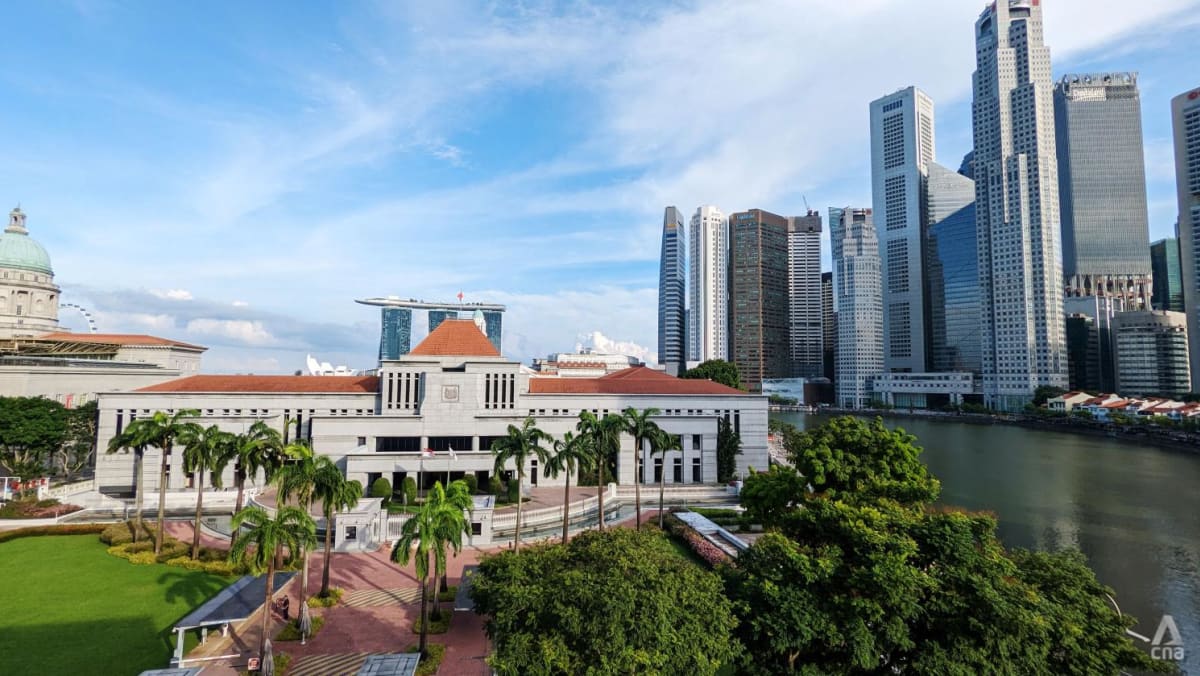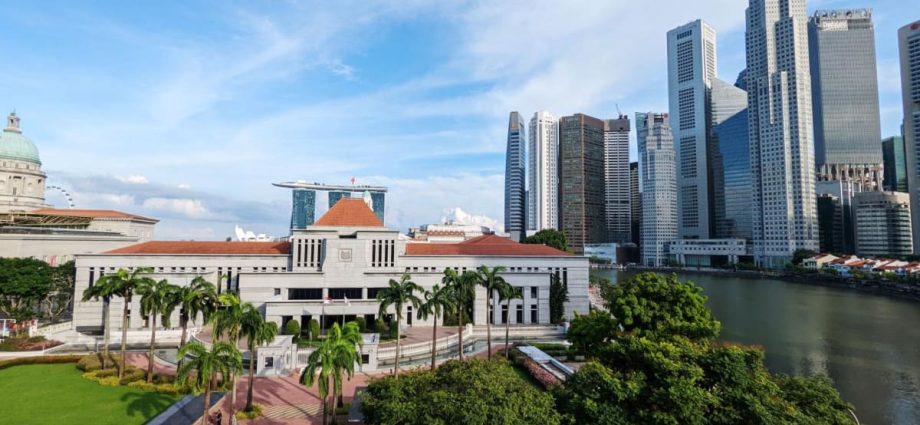
The last political salaries review committee was appointed in 2017.
Last January, Mr Chan announced that a review was targeted for 2023, with details to be shared “in due course”.
The current benchmark for an entry-level minister is based on the median income of the top 1,000 Singapore citizen earners, with a 40 per cent “discount” to reflect the “ethos of political service”, according to the Public Service Division’s website.
Salaries of other political office holders are determined based on ratios to the pay of an entry-level minister, and their different roles and responsibilities. The prime minister, for instance, earns twice the salary of an entry-level minister.
“The salaries of political appointment holders will be adjusted according to the movement of the benchmark as it responds to market conditions,” said PSD.
According to the PSD, as of 2023, the benchmark level of a minister’s monthly salary stands at S$55,000, working out to an annual salary of S$1.1 million.
In 2018, an independent committee chaired by Dr Gerard Ee recommended an upward annual adjustment to match annual benchmark movements of 9 per cent since 2011.
It suggested setting the annual salary for an entry-level minister at S$1.2 million. This includes a 13th-month bonus, three-month performance bonus and National Bonus paid out if indicators are met.
It also recommended adjusting the allowance for NCMPs from 15 per cent of that of elected MPs to 20 per cent. This is to “recognise that NCMPs have full voting rights in parliament from April 2017”, said then-Deputy Prime Minister Teo Chee Hean.
The government’s response then was to maintain the salary framework and level. Mr Teo explained that the decision was influenced by the 2017 entry-level minister salary benchmark dropping below the 2016 one.

